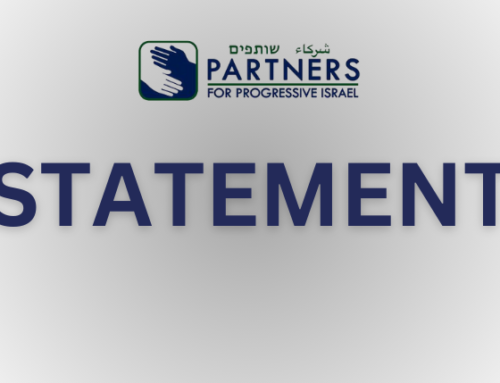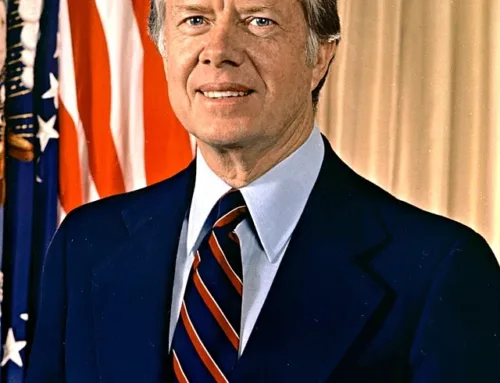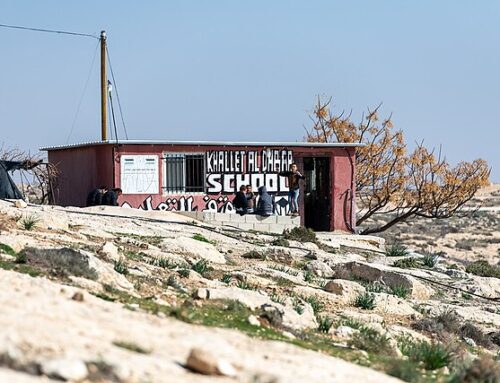There is now a debate being conducted on +972 Magazine—the secular equivalent of the ultra-Orthodox—about whether or not to support BDS. Larry Derfner, a former Jerusalem Post columnist that I read decades ago has declared himself reluctantly in favor of BDS. Most of the participants at the 972 website seem to have embraced the notion that the occupation is a form of apartheid and that Israel is the equivalent of apartheid South Africa. In the past I had an article on 972 arguing that the occupation is a form of settler colonialism, but to use the term apartheid out of its original geographical and historical context in late 20th-century Southern Africa is not useful analytically. My opponent argued that the occupation fits the UN definition of apartheid, therefore is apartheid. My response is that statutory apartheid is to real apartheid as statutory rape is to real rape.
I don’t shy away from comparing Israel to South Africa, I just do it on a different basis than the BDS crowd. The two countries were comparable in their similar geopolitical situations (both being very atypical in their respective neighborhoods). This led South Africa to pursue a strategy of alliances with sympathetic regimes (Portugal, Malawi, Rhodesia), occupy neighboring territory long after the justification for such an occupation had expired, and engage in a strategy of political, economic, and military intimidation against its neighbors. Pretoria was in fact employing in the 1980s a strategy that Israel had first begun to develop in the 1950s.
But Israel is much stronger today than South Africa was in the 1980s and has much wider international acceptance. The BDS strategy is to weaken Israel until it reaches the point that South Africa found itself in the late 1980s and early 1990s. That worked in South Africa’s case because the demographic situation of South African whites was very different from that of Israeli Jews. In the twentieth century, the whites were at their peak about 15 percent of South Africa’s total population, whereas Jews are approximately 80 percent of Israel’s total population and around half (more or less) of the total population of the area of the former British mandate in Palestine.
Demographically Israeli Jews are much closer to the situation of the pro-British Protestants in Northern Ireland, who constitute a bare majority, down from a near two-thirds majority in the early 1920s. But the situation of the Palestinians is very different from that of the Irish Republicans in Northern Ireland. The Palestinians enjoy widespread support from their fellow Arab and Muslim co-nationalists and co-religionists. While the call for a united Ireland had widespread support in Third World and leftist anti-imperialist forums, it lacked support among the governments that really mattered in London and Washington. British intelligence was able to thoroughly infiltrate the IRA and the Irish National Liberation Army and win the long war of attrition and force the Republicans of Sinn Fein into a purely political solution. While the Shabak (Shin Bet internal security service) has kept the Hamas war contained, they are far from forcing Hamas to negotiate on the basis of terms that would be acceptable to Israel.
Since 1974, Labor has been able to win elections only when its list was headed by a former chief of staff of the IDF who conducted the campaign on a personal basis. Since Barak left the party in 2011, it has lacked such a former chief of staff or even a prominent former general. Labor without generals has performed about as well as the Whig Party (of the pre-Civil War era in the U.S.) performed once it had exhausted its stable of generals. Israeli coalitions since 1948 have been headed by only four parties: Mapai, Labor, Likud, and Kadima. Mapai and Kadima no longer exist, which leaves us with the Likud. Since 1977 the only Likud leader to withdraw from a significant chunk of historic Eretz Israel (land of Israel/Palestine) has been the one leader who was not raised in a Revisionist home and was not a member of Betar. Ariel Sharon was raised in a Mapai home and was instrumental in forming the Likud in the summer of 1973 in order to give himself a better future in Israeli politics than he would have had in Labor competing with Rabin, Bar-Lev, Gur and all the other Laborite generals at the time.
Since 1949 four major figures have moved away from territorial maximalist positions and embraced a compromise negotiated solution with the Palestinians: Natan Yellin-Mor, Yigal Allon, Ezer Weizman, and Ariel Sharon. Significantly three of these were former generals and the fourth is from a category that has not existed in Israeli politics for over twenty years—paramilitary politicians. Of the three, two (Allon, Sharon) made a significant impact on the future terms of debate. Allon got Labor to accept the notion of territorial compromise with Jordan even if it never officially accepted the Allon Plan. Sharon got the IDF to withdraw from Gaza and was the first Likud politician to refer to the IDF/settler presence in the West Bank as an occupation. The third, Weizman, played an important supportive role in negotiating the peace treaty with Egypt but made little real political impact in his subsequent political career in Labor. What Allon and Sharon had in common was that they were party leaders when they made their changes.
Since 2000, retiring chiefs of staff have preferred to go to the Likud for a political career, rather than into Labor or a third party. Shaul Mofaz, Uzi Dayan (deputy chief of staff), and Boogie Ya’alon have all gone into the Likud. Mofaz followed Sharon into Kadima and then lost out to Livni in the succession to Olmert, only to win an empty victory over Livni later, with Kadima on the verge of disappearing. Dayan failed to take off politically. This leaves Ya’alon or some future Likud military politician to play the role of a future Sharon.
In my next piece I will discuss the problems of J Street in attempting to change the terms of debate.





Leave A Comment